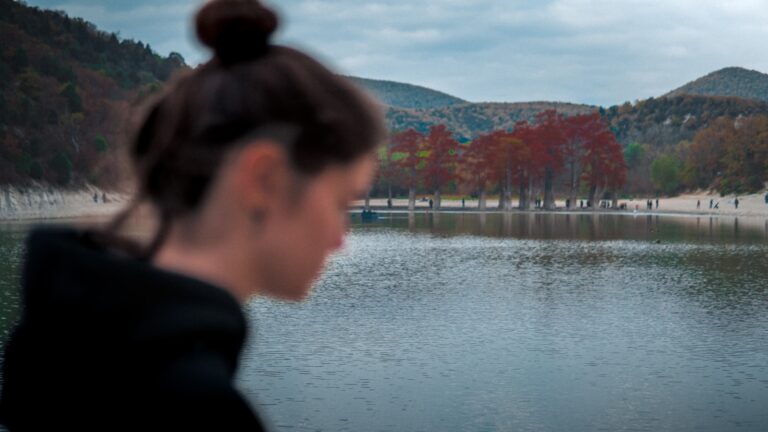JUST A COPY
Entering the quite spacious courtyard, you will immediately see the bronze statue symbolizing Juliet on the right side. And the crowd lines up to touch her right breast; many people even touch her left breast as well. People believe that those who touch her breasts will have a lasting love, a long-lasting happiness; single people will soon find the love of their life…

Both my spouse and I were able to touch those breasts at that time. What a profound experience! Even ten years after that trip, we never raised our voices at each other; occasionally we argued, but quietly, and it was very easy to settle!
I heard that because of this touching, the tourism industry in Verona has used a replica – occasionally needing to reapply the breasts like breast implants – instead of the original statue, which has been moved to a museum.
The wrought-iron gate right next to the bronze statue of Juliet, the eternal lover, is indeed noteworthy: it is covered with love locks of all colors and sizes.
Back then, when looking at that door, I was reminded of the Pont des Arts spanning the Seine River in Paris, filled with love locks attached to the mesh fence on both sides of the bridge. Young couples came here, fastening a padlock to the railing of this UNESCO cultural heritage bridge, and then throwing the key into the river as if to say their love would last a lifetime; they could hardly be separated. (In 2017, the Paris authorities removed the railings with hundreds of thousands of locks because they were worried the bridge might collapse!).
From the courtyard looking up, towards the house, one will see a small balcony. It was given life by Shakespeare through the play Romeo and Juliet – on a night illuminated only by moonlight, Romeo found his way to Juliet’s house, climbing up the balcony that led to her room. Then that very moon and the balcony became “witnesses” to Romeo’s proposal—immediately accepted—by Juliet, symbolizing the eternal love of the young couple.
And we bought tickets to go inside the house.
It is a 13th-century old house, renovated in the 20th century, but the interior is arranged in the style of the 16th century. Surely, thanks to that, anyone who enters the house, right from the ground floor, can imagine the setting of the poetic play written by Shakespeare around the years 1594-1595, if they have seen the play, or a movie based on the play, or read a novel adapted from Shakespeare’s work.




